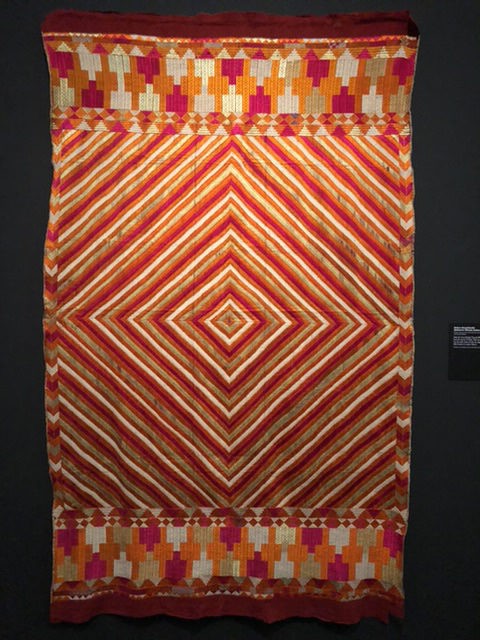
Textile art is an ancient and everlasting form of artistic creativity that uses plant, animal or synthetic fibres to craft practical or decorative objects from practicality or decoration. Ranging from sculptures to intricately woven wall-hangings, textile art stands the test of time as one of the oldest and most lasting forms of creative expression.
Textiles have long been an integral component of human existence since the dawn of civilization, with archaeologists discovering blankets, rugs and clothing made from plant and animal materials dating back 500,000 years. While textiles were initially used for functional reasons such as keeping warm and protecting against elements, over time their decorative qualities allowed cultures to weave cultural narratives, establish hierarchies and express emotion visually.
Textile art before the Industrial Revolution was an intensive and time-consuming process to produce. But with the development of cotton gins, spinning jennys, and power looms came more accessible fabric production that made textile art one of the primary forms of creative expression for everyday people.
Visionary artists began exploring textiles during the 20th century, employing it to express emotion and significance. They used techniques such as knotting, twining, plaiting, coiling and pleating to explore 3D space and the sculptural potential of textiles.
Textile art can send powerful political messages. Tanya Aguiniga of Los Angeles describes textiles as a powerful medium for communication that defies boundaries. She has collaborated with indigenous communities from both sides of the US-Mexico border to develop installations addressing human rights concerns on their land.
Immerse yourself in architecture’s most boundary-pushing ideas—where innovative home improvements meet visionary urban developments. Discover new building techniques, materials, and creative concepts that are redefining how we shape our spaces on a global scale.